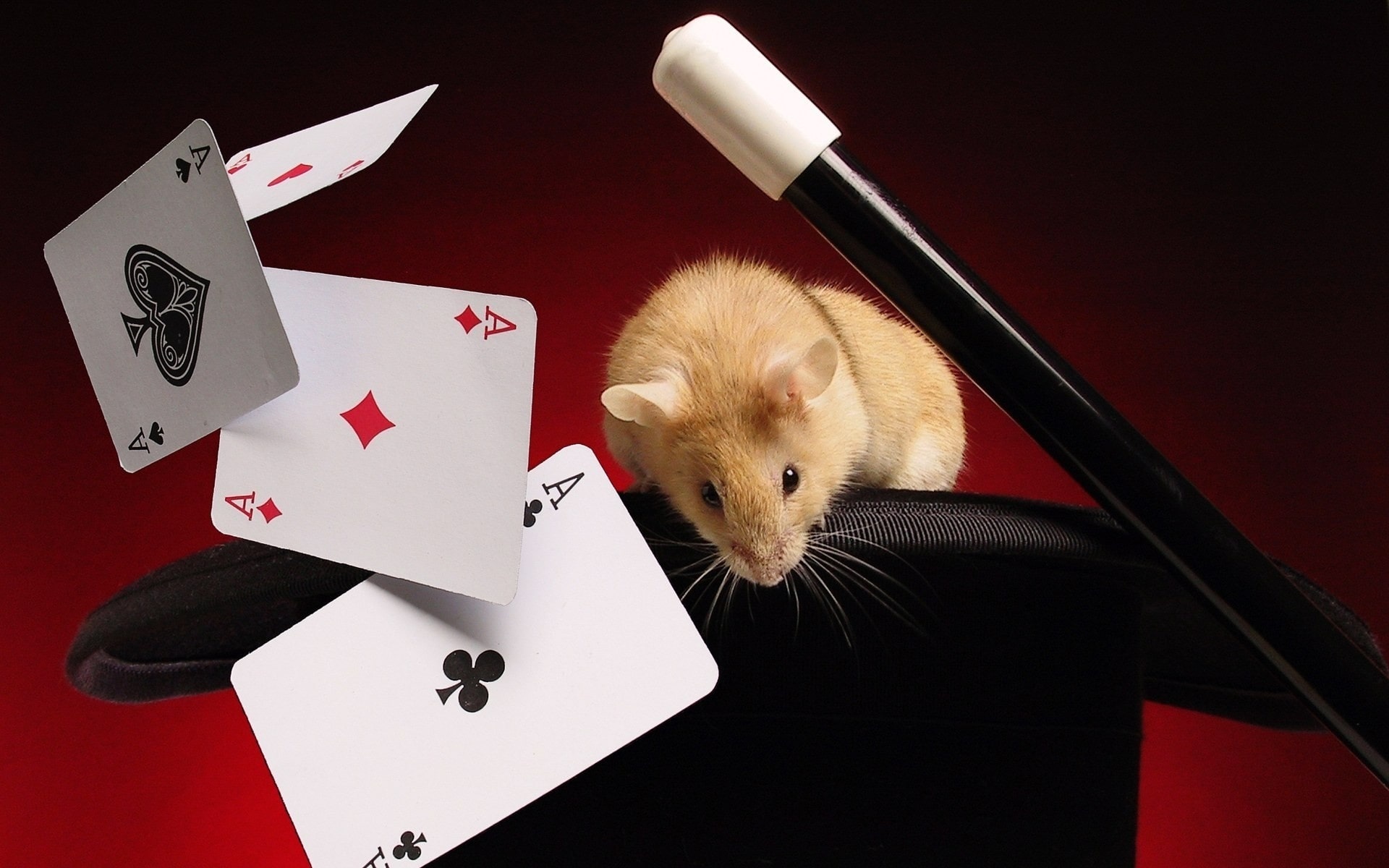Hamsters are cute and cuddly pets, but they can also be quite stubborn. Training your hamster takes patience and consistency, but with the right approach, it is possible to teach your furry friend a variety of tricks and behaviors. In this article, we will discuss some tips and tricks to help you train your hamster.
Establish a routine
One of the most important things to keep in mind when training your hamster is to establish a routine. Hamsters thrive on routine and consistency, and by having a set schedule for feeding, playtime, and training, your hamster will learn to anticipate what is coming next and be more willing to participate. Even newborn hamsters need routine, so start them young.
Start with basic commands
When it comes to tips and tricks to train your hamster, it is important to start with basic commands such as “come” and “stay.” These simple commands will help your hamster learn to respond to your cues and make it easier to teach more advanced tricks later on.
Use positive reinforcement
Positive reinforcement is a powerful tool when it comes to training your hamster. Whenever your hamster performs a trick or behavior correctly, be sure to praise and reward them with a treat. This will help to build a positive association with the behavior and encourage your hamster to repeat it.
Be patient
Training a hamster takes patience and persistence. Don’t expect your hamster to learn a new trick overnight. It may take weeks or even months for your hamster to fully understand a new command or behavior. Be patient and persistent, and your hamster will eventually get the hang of it.
Keep training sessions short
Hamsters have a short attention span, so it is important to keep training sessions short and sweet. Aim for 10-15 minute training sessions, and be sure to end each session on a positive note.
Use a Clicker
A Clicker is a small device that makes a clicking sound when pressed. It is a great tool for training your hamster, as it helps to mark the desired behavior. When your hamster performs the desired behavior, press the clicker and give them a treat. Over time, your hamster will learn that the clicking sound means they have done something good and will be more likely to repeat the behavior.
Teach your hamster to come when called
One of the most useful tricks you can teach your hamster is to come when called. To do this, call your hamster’s name and offer them a treat when they come to you. Repeat this several times a day, and over time, your hamster will learn to associate their name with the reward.
Teach your hamster to stay in a specific area
Another useful trick is to teach your hamster to stay in a specific area. This can be helpful when you need to clean their cage or take them to the vet. To teach this trick, put your hamster in the desired area and give them a treat. Repeat this several times a day, and over time, your hamster will learn to stay in that area.
Teach your hamster to do a trick
Hamsters are intelligent creatures and can be taught a variety of tricks. Some popular tricks include rolling over, fetching, and climbing. To teach your hamster a trick, start by showing them the behavior you want them to learn. Then, use positive reinforcement to encourage them to repeat the behavior.
Make training fun
Training your hamster should be fun for both you and your pet. Don’t take it too seriously, and don’t be afraid to make mistakes. If your hamster becomes stressed or unresponsive, take a break and try again later. Remember, the goal of training is to strengthen the bond between you and your hamster and to provide them with mental and physical stimulation.
Final Words
Training your hamster takes patience and consistency, but with the right approach, it is possible to teach your furry friend a variety of tricks and behaviors. By establishing a routine, using positive reinforcement, and patience, you’ll be surprised at what is possible. However, if your hamster isn’t responding well to a certain method of training, try something different.
Positive reinforcement, such as treats and praise, can be an effective way to motivate your hamster. Keep training sessions short and varied, and always end on a positive note. Remember that your hamster is a small animal with a short attention span, so don’t expect too much too soon. With patience and consistency, you can train your hamster to do a variety of fun tricks.
